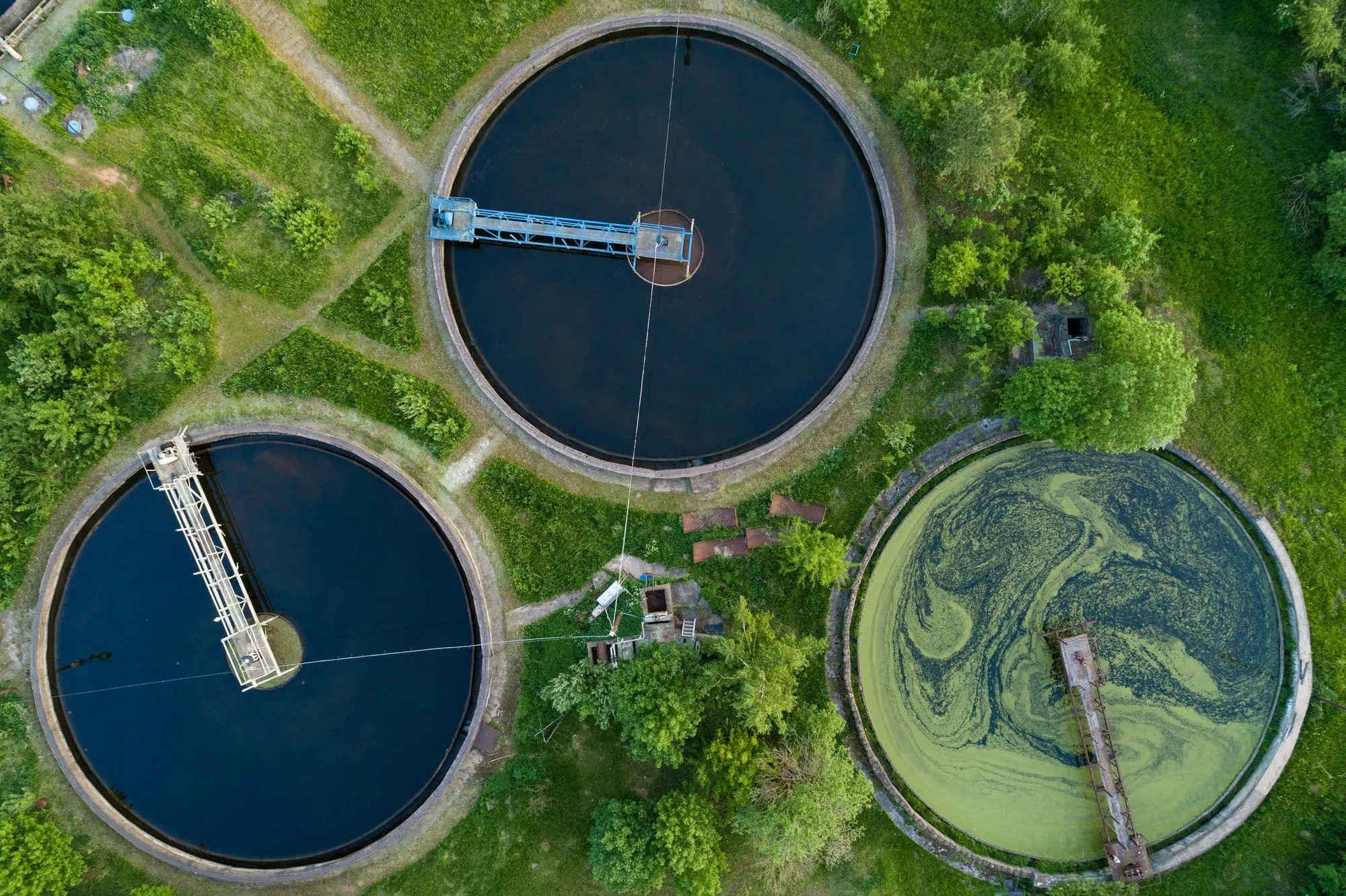Introduction
In recent years, the world has faced a pressing demand to address the pervasive issue of water pollution, specifically regarding the alarming levels of heavy metals such as mercury (Hg^2+). The quest for effective water purification methods has led to a significant breakthrough at the Key Laboratory of Bio-based Material Science and Technology at the Northeast Forestry University in Harbin, China. A team of researchers, including Yang Yanxiao, Guo Yunfeng, Qiu Zhe, Gong Weihua, Wang Yonggui, and Xie Yanjun, has developed an innovative composite material by integrating Zr-based Metal-Organic Frameworks (MOFs) onto cellulose sponges. This novel composite promises exceptional efficacy in removing toxic Hg^2+ from wastewater.
Published in “Carbohydrate Polymers,” the study entitled “In situ growth of Zr-based metal-organic frameworks on cellulose sponges for Hg2+” (DOI: 10.1016/j.carbpol.2023.121750) presents a groundbreaking solution for wastewater treatment. This article delves into the comprehensive findings of the research, the potential impact of the innovation on environmental protection, and the future implications for the global water purification industry.
The Innovative Approach
Metal-Organic Frameworks (MOFs) have long been recognized for their high levels of porosity and controllable structures, which make them ideal adsorbents for filtering out contaminants from water. The problem, however, has been in finding substrate materials that combine mechanical stability, superior pore accessibility, and excellent processability to form MOF composites capable of operating in complex aqueous environments while targeting multiple pollutants.
The research team at Northeast Forestry University addressed this challenge by fabricating MOFs@ modified cellulose sponge (MCS) composites, using MCS as a robust scaffold to anchor Zr^4+ ions. These ions serve as essential components in the formation of MOFs, which in situ grow onto the sponge structure. The resultant composites exhibit both the mechanical durability of cellulose sponges and the exceptional adsorption characteristics of MOFs ensuring the selective removal of Hg^2+ ions from water.
Methodology and Results
The meticulous study involved the synthesis of zirconium-based MOFs on the scaffolding of cellulose sponges through a series of chemical processes that ensured proper anchorage and growth. The researchers meticulously characterized the composite materials using various analytical methods to confirm the successful integration of MOFs onto the sponge matrix.
The resulting composite demonstrated an outstanding capability to adsorb Hg^2+ from aqueous solutions, also proving adept at adsorbing organic dyes. The innovative material thus not only targeted heavy metals but also could help to alleviate the broader spectrum of water pollutants, such as industrial dyes, which pose a significant environmental hazard.
Implications and Future Directions
This innovative development signaled a paradigm shift in how we approach water purification. The MOFs@MCS composites have set a new standard, potentially revolutionizing wastewater treatment technologies. The reported method offers an efficient, cost-effective, and highly scalable solution to mitigate the impact of waterborne heavy metals and other pollutants. Moreover, the sustainability of the material composition, leveraging the renewable and biodegradable nature of cellulose, underscores the environmental appeal of this technology.
The study’s outcomes exhibit great promise for industrial applications, including water purification systems, environmental cleaning operations, and perhaps even in situ treatments of polluted bodies of water. The scalability of this material provides hope for widespread adoption and usage.
Conclusion
The groundbreaking research featured in “Carbohydrate Polymers” highlighted how the marriage of bio-based materials like cellulose with advanced nanostructured MOFs could unlock new horizons in water purification strategies. The in situ growth of Zr-based MOFs on cellulose sponges stands as a testament to the ingenuity and potential of combining natural materials and synthetic chemistry for environmental remediation. As the global community turns its attention to sustainable solutions, this discovery is poised to take center stage in the ongoing battle against water pollution.
References and Further Reading
To delve further into this topic, readers are encouraged to consult the following references:
1. Yang Yanxiao, Guo Yunfeng, Qiu Zhe, Gong Weihua, Wang Yonggui, Xie Yanjun et al. In situ growth of Zr-based metal-organic frameworks on cellulose sponges for Hg2+. Carbohydrate Polymers. 2024 Mar 15;328:121750. doi: 10.1016/j.carbpol.2023.121750.
2. Li, J., et al. (2022). The Use of Metal-Organic Frameworks in Water Purification: Current Progress and Future Trends. Applied Materials Today.
3. Hasan, Z., & Jhung, S. H. (2015). Removal of hazardous organics from water using metal-organic frameworks: A review. Journal of Hazardous Materials.
4. Duan, C., et al. (2017). Porous metal-organic frameworks for water purification: Adsorption, catalysis, and separation. Advanced Functional Materials.
5. Yaghi, O. M., et al. (2003). Reticular Synthesis and the Design of New Materials. Nature.
Keywords
1. Zr-based Metal-Organic Frameworks
2. Cellulose Sponge Adsorption
3. Heavy Metal Wastewater Treatment
4. Sustainable Water Purification
5. Mercury Removal Technology
The findings in this research are transformative and open up exciting new possibilities for advancing clean water initiatives worldwide, offering hope for a future where access to clean, pollution-free water is not just an aspiration but a reality.
